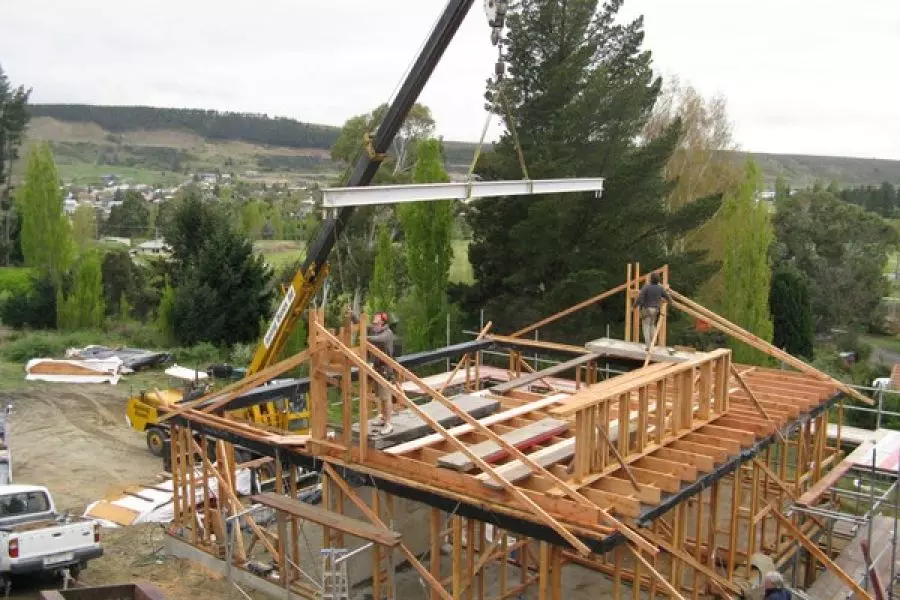News
Falling consents mean shortage not addressed

Wednesday 30th of August 2017
Statistics New Zealand’s latest consent data shows that, once seasonally adjusted, the number of new dwellings consents nationwide fell by 0.7% in July.
The decline came on the back of a 1.3% fall in consents last month.
The number of new dwellings consented in July was 2,762 which was 1.7% down on July 2016.
Construction statistics manager Melissa McKenzie said Ju...
Want to read the full article?
Click the button below to subscribe and will have unlimited access to full article and all other articles on the site.






![[The Wrap] Bye Bye Bayly](https://goodreturns.publit.io/file/c_fill,w_900,h_600/39f23ac1-f7c7-4854-b700-a150004ebbac.webp)


